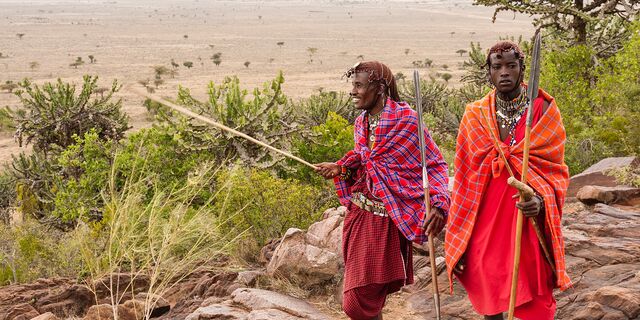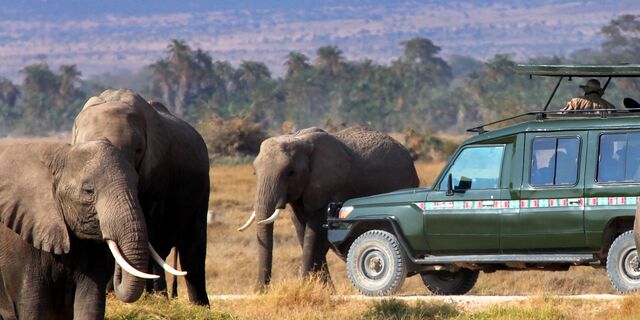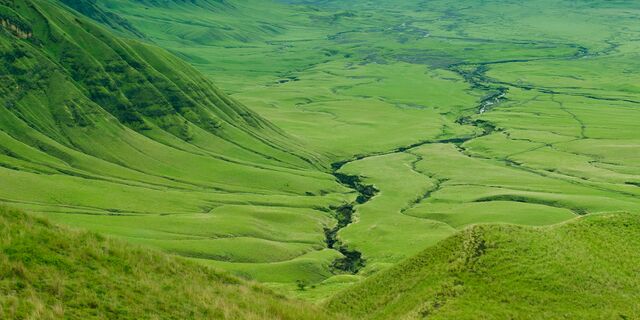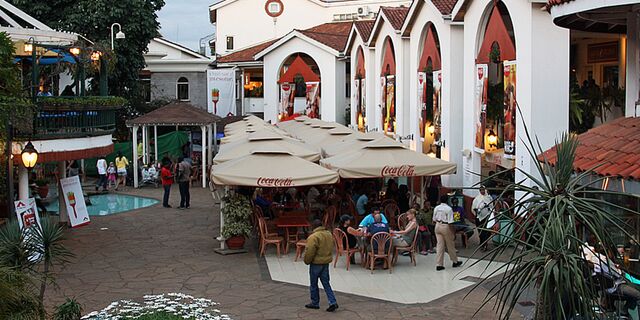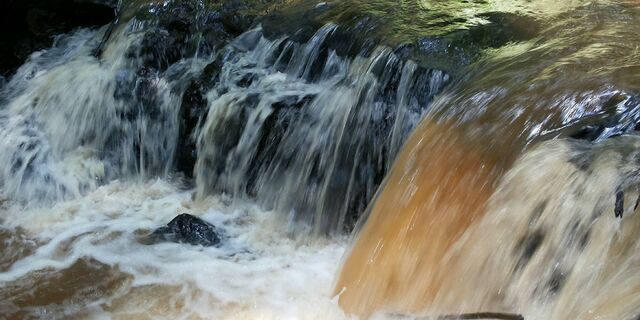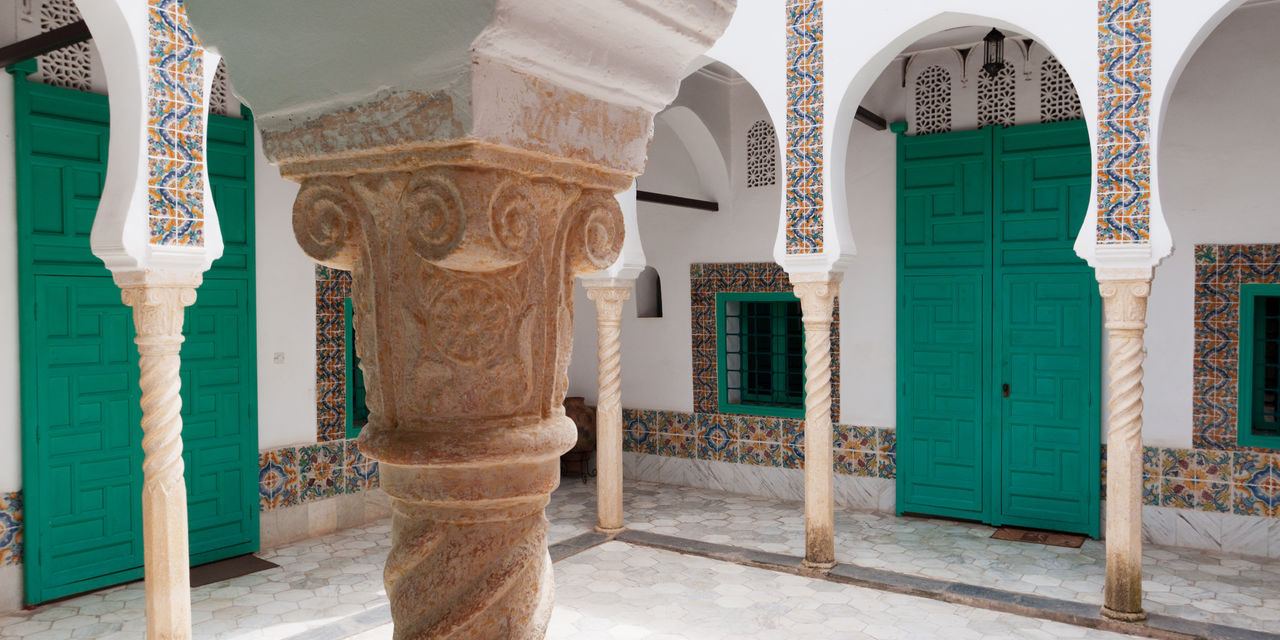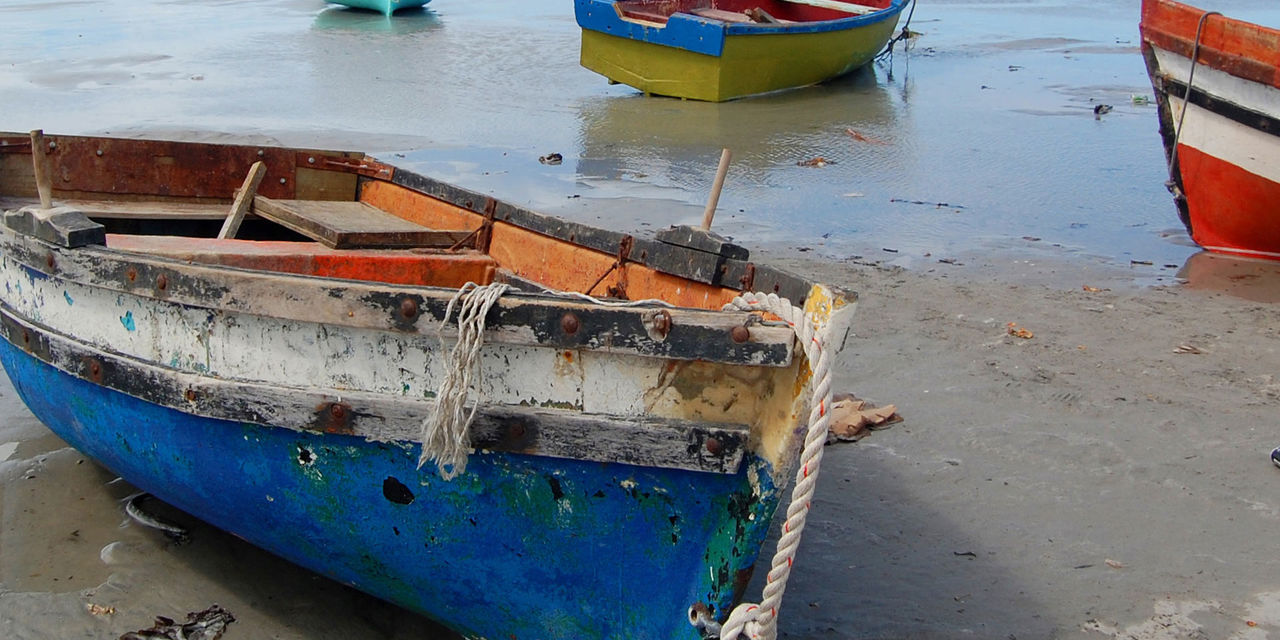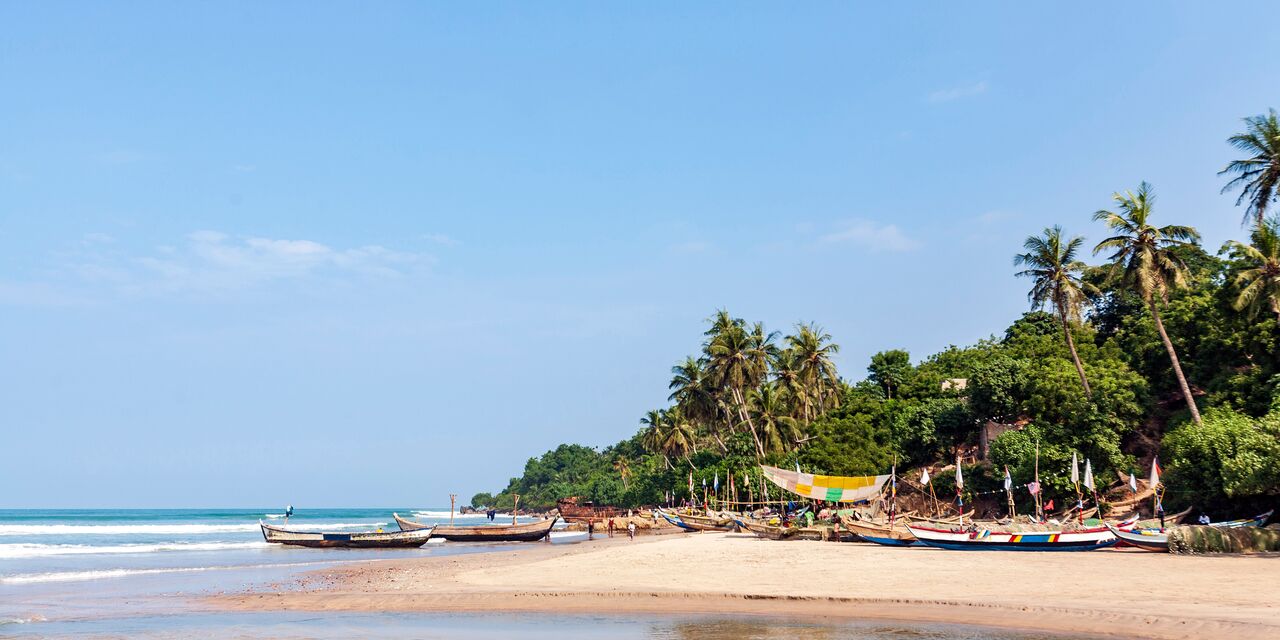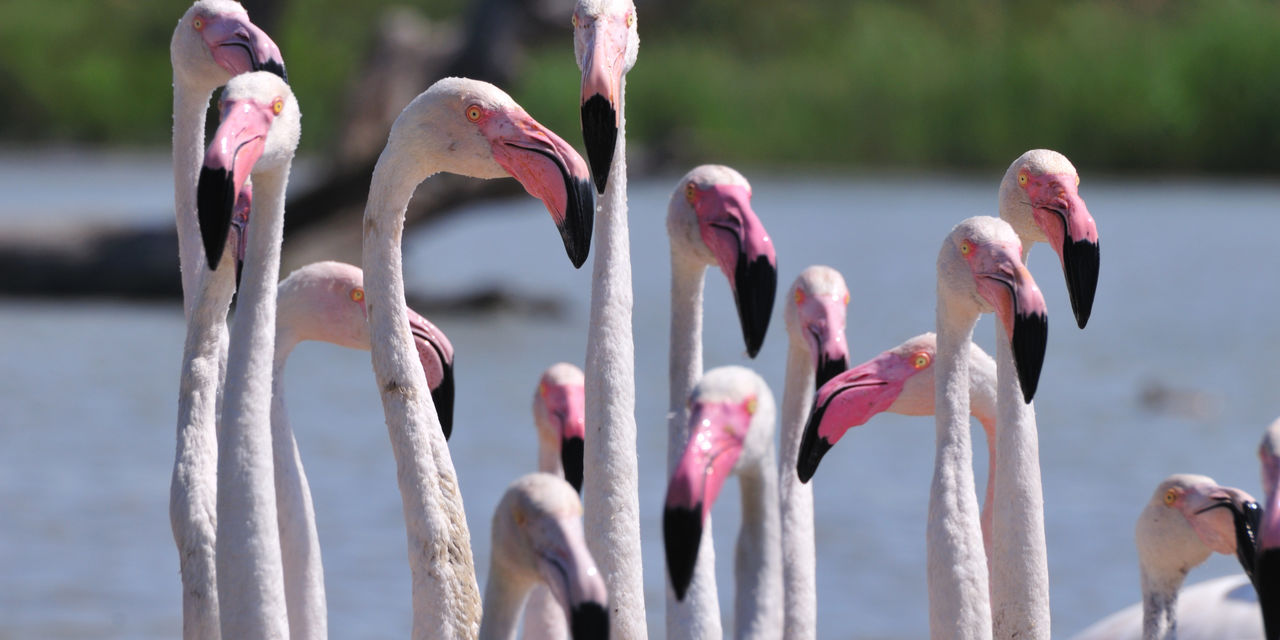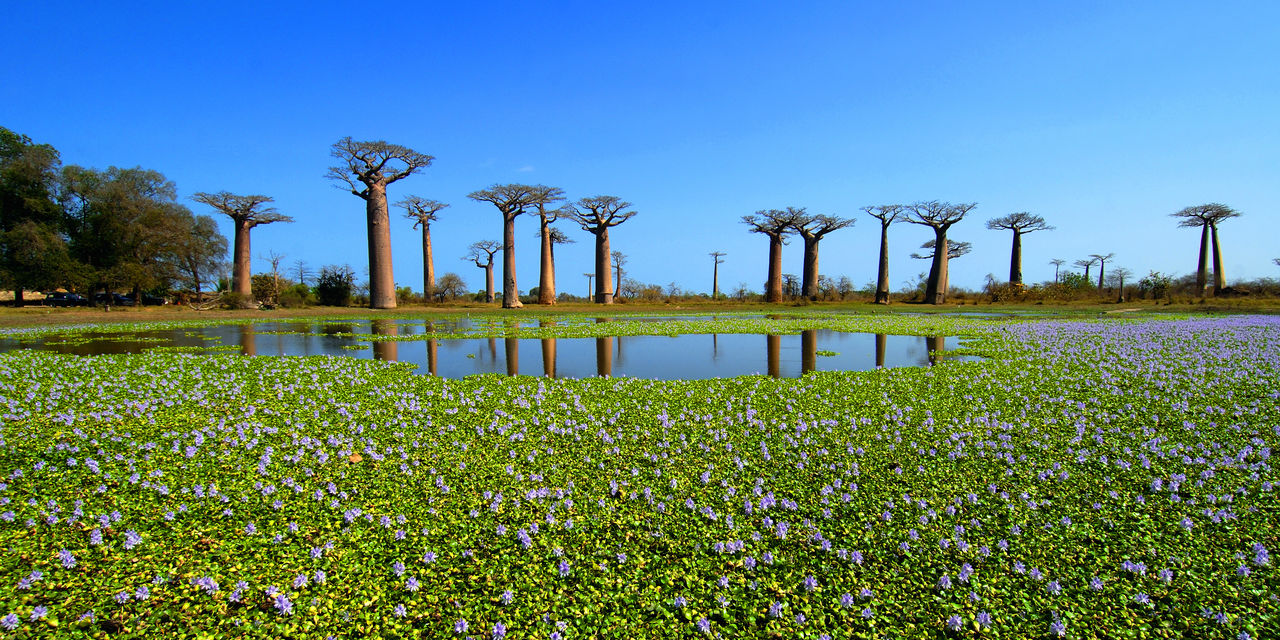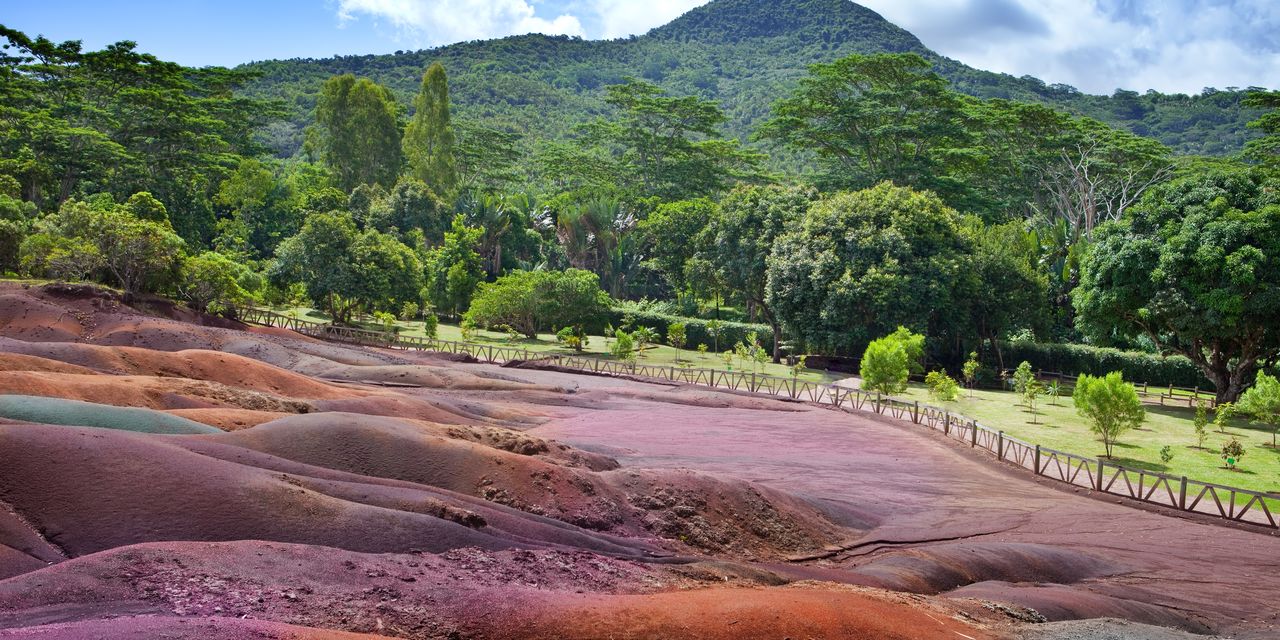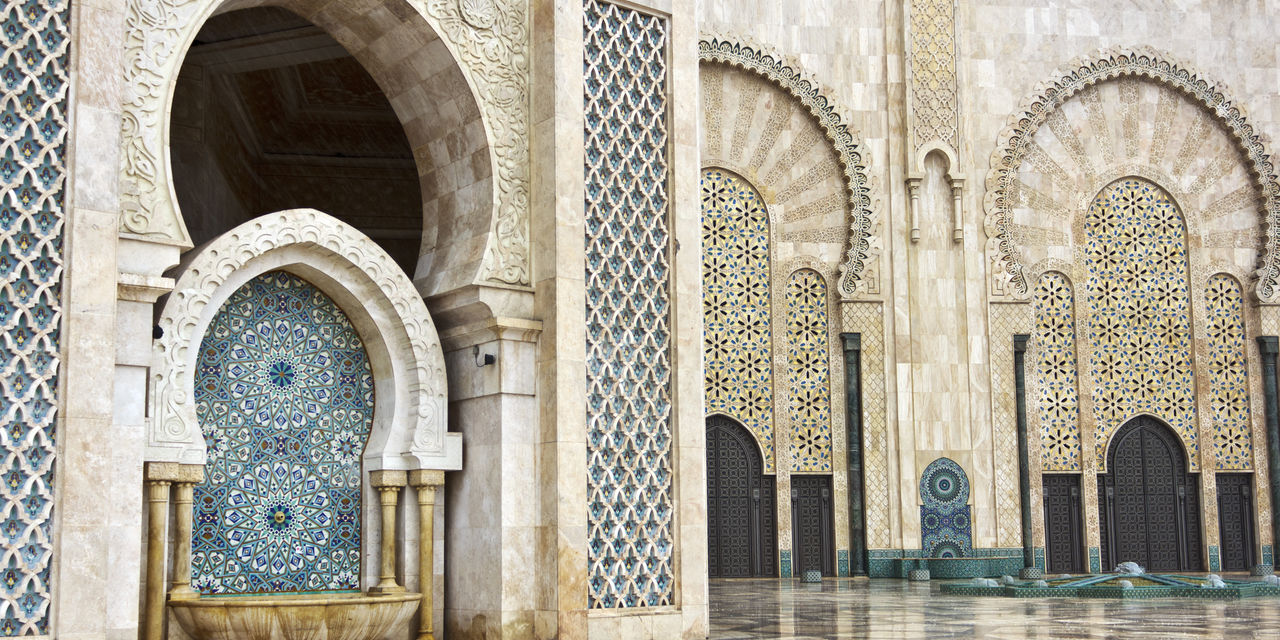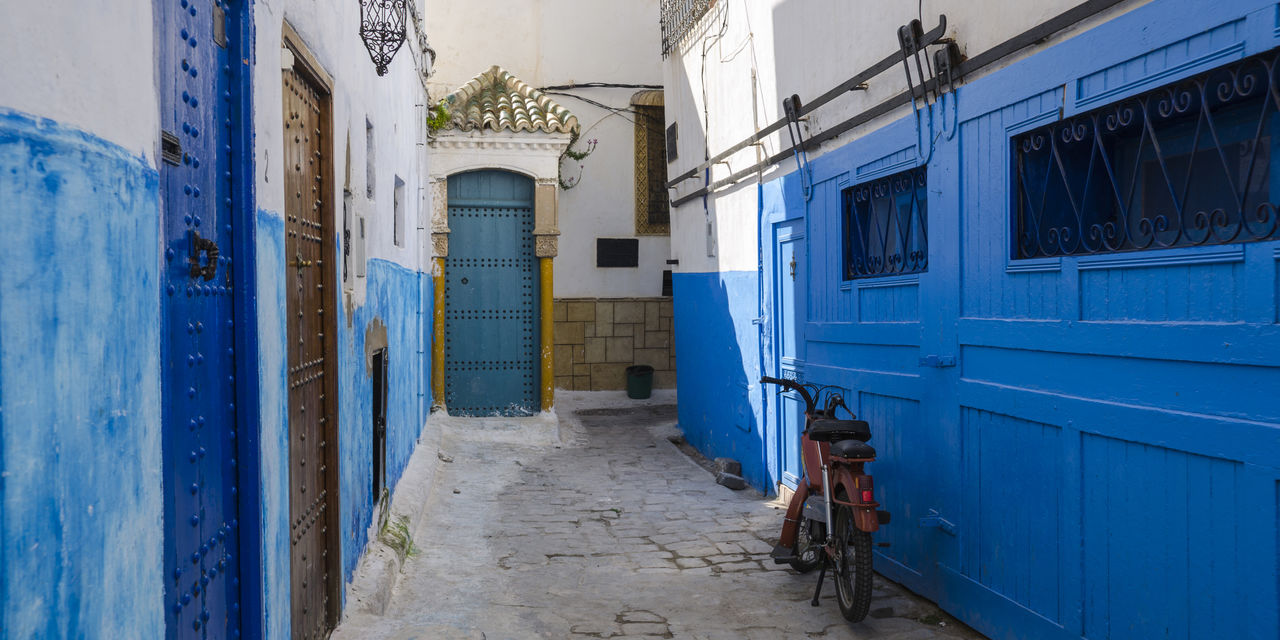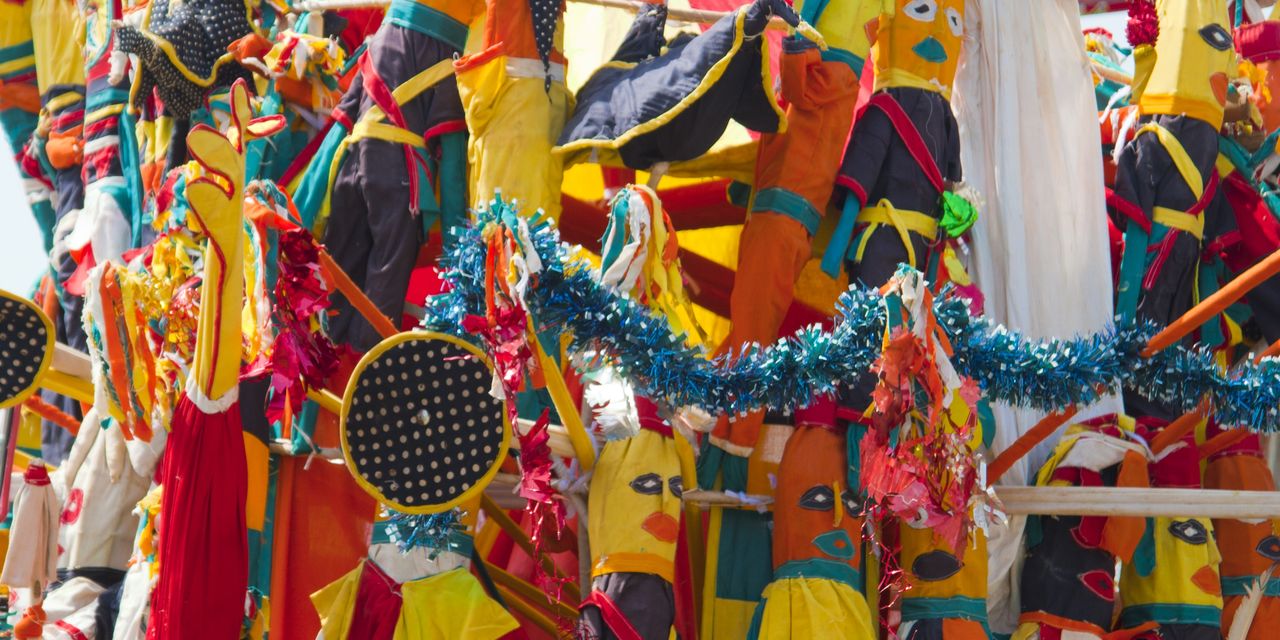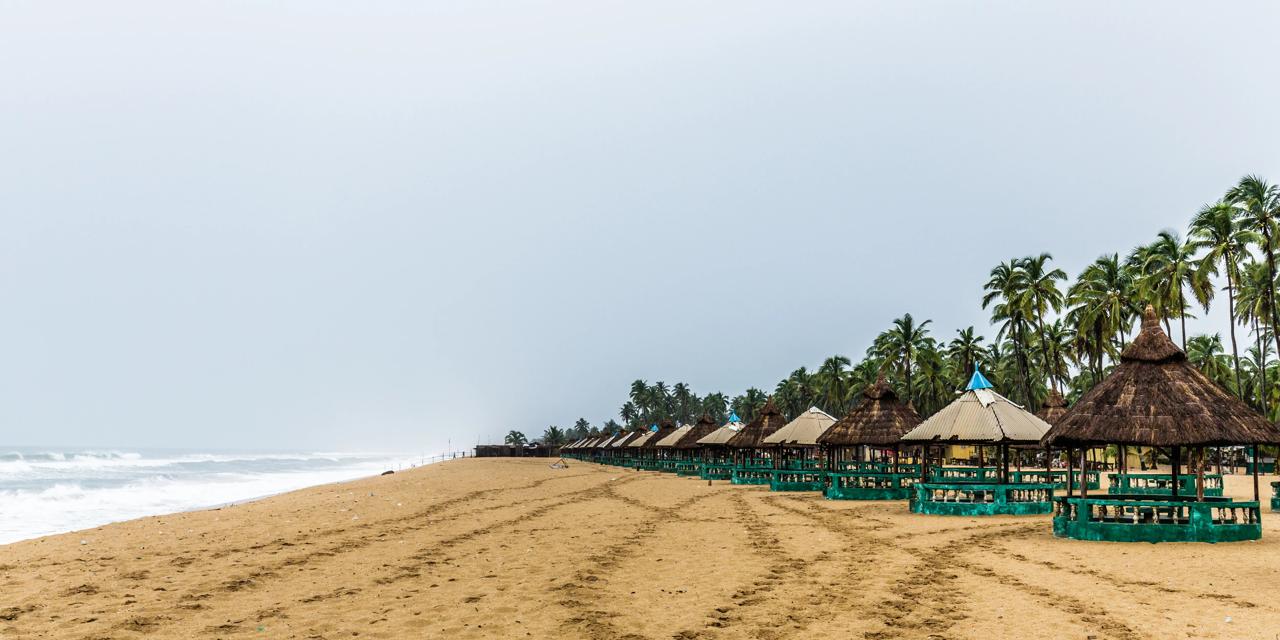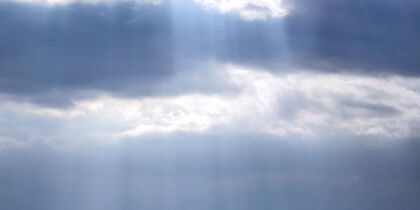
Migrating wildebeests in Nairobi National Park
Temporary park residents
The national park is enclosed by gates on 3 of its 4 sides so the wildlife is free to leave the area. The zebras and wildebeests migrate every year around July and August – a truly spectacular sight. In addition to the enormous variety of mammals, the park is also home to approximately 400 species of birds. Around 20 of those migrate here every year from Europe.

The Ivory Burning Site Monument: a fist against poaching
An end to the ivory trade
The actions of poachers have caused several animal species, such as the Western black rhino, to become extinct in recent decades. Together with other countries, Kenya has called for a halt to poaching: in 1989 the Kenyan president burned 12,000 pounds of confiscated tusks. The historic Ivory Burning Site Monument near the main entrance of the gate commemorates this event. Other burnings have occurred since then. Although poachers are still active, Kenya’s elephant population has been growing steadily in recent years.
Giraffes in the house
In 1979, the now-deceased Jock Leslie and his wife Betty opened their house to care for a young Rothschild’s giraffe. This giraffe subspecies, identifiable by a brown-yellow pattern up to its knee, had almost become extinct; the remaining population was estimated at just 120 animals. The couple’s calling grew into a giraffe conservation centre south of Nairobi, where, to this very day, newborn giraffes are cared for until they are able to live independently on the savannahs.


